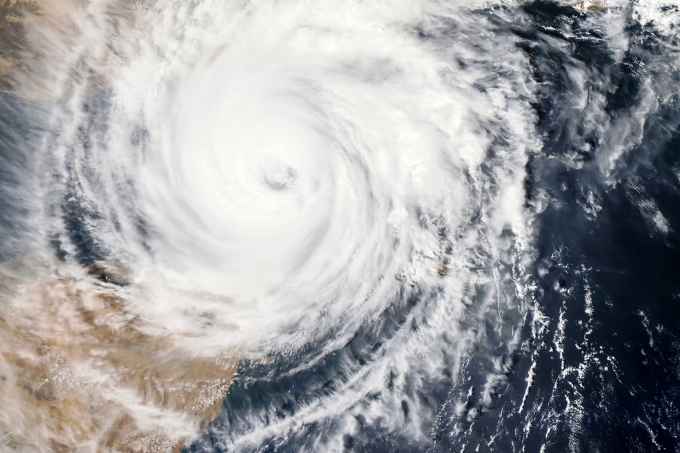
Meet Jen Lindgens – One of the Women Engineers of VMASC
September 3, 2021
Governor Northam Announces Administration Appointments
September 27, 2021
From Inside ODU
By Joe Garvey
If a severe weather event had hit Hampton Roads during the 2020 hurricane season, residents told Old Dominion University researchers they were less likely to go to public shelters or evacuate than in past years due to concerns about increased COVID-19 exposure.
In addition, the researchers found that job loss and economic uncertainty stemming from COVID-19 also appeared to reduce the likelihood that families would shelter or evacuate.
With the expected height of the 2021 hurricane season fast approaching and COVID cases and deaths on the rise, those concerns remain.
To help address this, researchers at Old Dominion University’s Virginia Modeling, Analysis and Simulation Center (VMASC) prepared a COVID-19 Evacuating and Sheltering Risk Perception Study for the Virginia Department of Emergency Management.
“The percentage of households that anticipate sheltering in place, typically within the primary residence, is estimated to increase even more under a COVID-type environment (i.e., compound hurricane-pandemic threat),” the report said.
“These increased propensities to shelter in place are particularly true for vulnerable and medically fragile households. These households are at risk to suffer greatly from the immediate impacts of a catastrophic storm event.”
The report, which was completed at the close of the 2020 hurricane season, was authored by Joshua G. Behr, Rafael Diaz, Wie Yusuf, Bridget Giles, Kaleen Lawsure and George McLeod. It contains 37 recommendations “that broadly advance coastal resilience and protect the health and well-being of Virginia residents.”
The recommendations fall under six categories:
Shelter staff and management
Shelter capacity
Evacuation capacity
Communications guidelines
Communications strategies
Equity and blue-sky planning for recovery
Among the key recommendations for the state and local governments is to invest in planning that’s designed to get displaced households, especially those with vulnerable and medically fragile individuals, back into their homes faster.
Researchers interviewed 2,200 households across 10 localities in Hampton Roads, including the Eastern Shore, to gather the primary data for the report.
“Understanding how the COVID-19 environment may alter evacuation and sheltering behavior is a salient concern for state and local planners,” the report said. “Translating these behavioral changes into estimates for the number of residents that will shelter in place, seek public shelter, and evacuate from the region provides actionable information in support of planning.”
https://www.odu.edu/about/odu-publications/insideodu/2021/09/10/feature1?fbclid=IwAR1y5DkLX6gJBHnxxX9n64M3ZeE85_KZw_hZyGF_8c-Ya42eYk9XyzHyUZI








